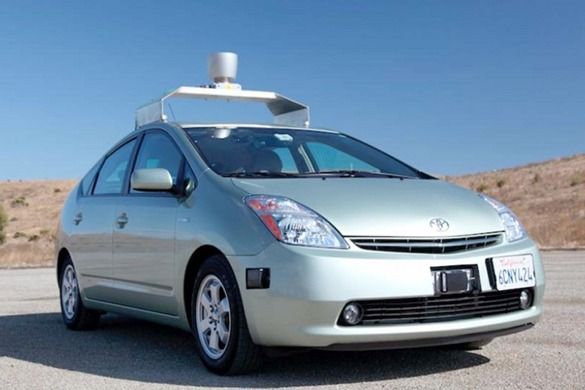
Robohub.org
Rain on Google’s self-driving car parade

Auto World News reminds us that Google’s self-driving car can’t navigate heavy rain or most roads and that there are still many challenges to solve.
Citing an MIT Technology Review report, Auto World News says that Google relies heavily on maps and detailed data such that it cannot drive itself in 99% of the country.
The public seems to think that all of the technology issues are solved… but that is simply not the case,” said Steven Shladover, a UC Berkeley researcher in the MIT report, which went on to say:
Google often leaves the impression that, as a Google executive once wrote, the cars can “drive anywhere a car can legally drive.” However, that’s true only if intricate preparations have been made beforehand, with the car’s exact route, including driveways, extensively mapped. Data from multiple passes by a special sensor vehicle must later be pored over, meter by meter, by both computers and humans. It’s vastly more effort than what’s needed for Google Maps.
Also unsolved are driving in the snow, heavy rain, road construction detours, open parking lots or multilevel garages.
These are the challenges that are being worked on at various research labs around the world, including Google.
tags: Automotive, autonomous driving, Google car, robot cars


